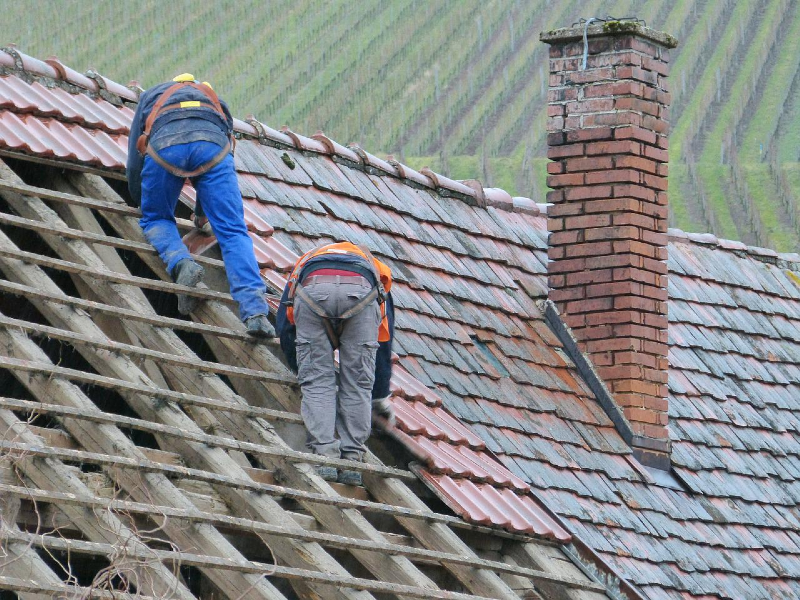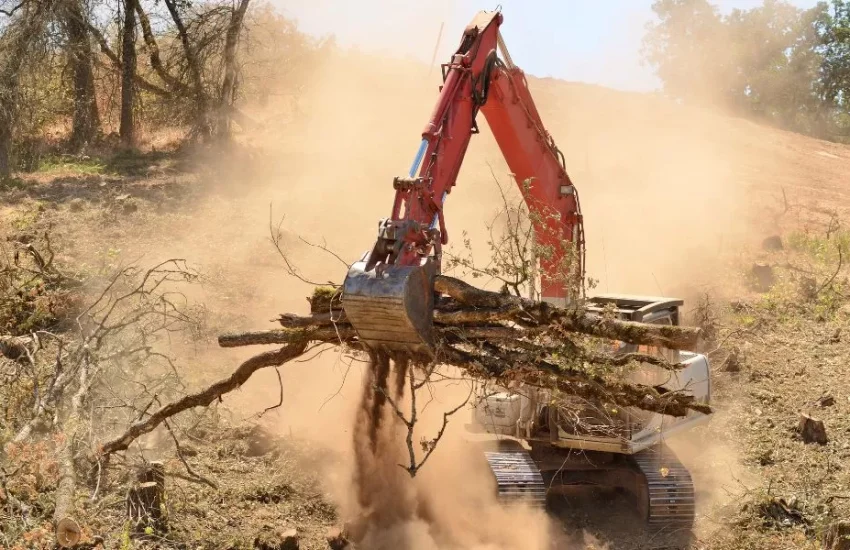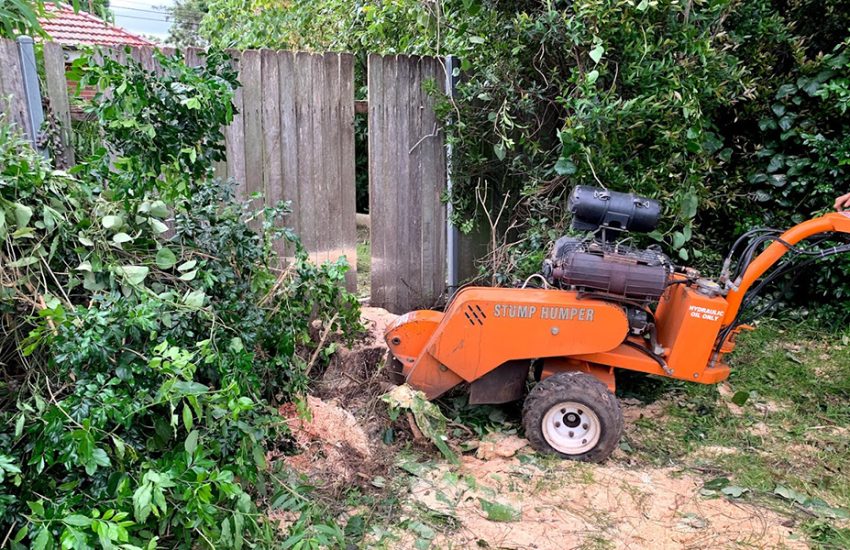5 Common Chimney Repairs You Need in Summer & Their Benefits
Summer is the perfect time for home chimney inspection baltimore md because you don’t use them, and they’ve been through a lot throughout the winter. While keeping you warm and comfortable throughout the winter, the chimneys sustain damage from moisture, dirt, high temperature, vapors, etc. By getting it repaired in the warmer months, you can fix all the issues before using it again in winter.
With nearly 25,000 chimney fires every year in the US, it’s crucial to have a well-maintained and repaired chimney to protect your home and family. Here are some common chimney repairs that you must get this summer:
1. Chimney Caps Installation
Just like you need a roof over your head, a chimney needs adequate covering for protection through chimney caps. They are an inexpensive investment that has many benefits.
Spring showers and summer storms can do a lot of damage to the chimney, leading to other problems. Critters like birds and squirrels find their home in the cozy and hollow space of the chimney opening on the roof during hotter days. They even build nests and have babies there. No one wants animals inside their chimney; it’s dangerous for their lives and your fireplace.
It’s the best time for chimney cap installation to keep the debris, water and animals out of your chimney so it doesn’t run into any problems when you resume using it in winter.
2. Water Proofing
Waterproofing is a preventative repair that protects your chimney’s foundation and structure from water damage. It rains a lot during summers in Avon, CT and other cities; waterproofing the chimney can make things easy for you.
Masonry bricks absorb moisture from the rain and snow and create white powdery stains known as efflorescence. This leads to brick spalling (brick falling off from the structure), which is dangerous for the fireplace. The professionals will add a permeable water repellent coating to your chimney to prevent moisture absorption, fireplace odor, and efflorescence.
It’s vital that you only get waterproofing from a reliable chimney service company because low-quality work will fade quickly in sun exposure and won’t be as effective as it should be. Bricks are porous that need breathing; high-qualitysilane and polystyrene-based products allow water to pass through without retaining moisture. This allows the bricks to breathe without sustaining damage.
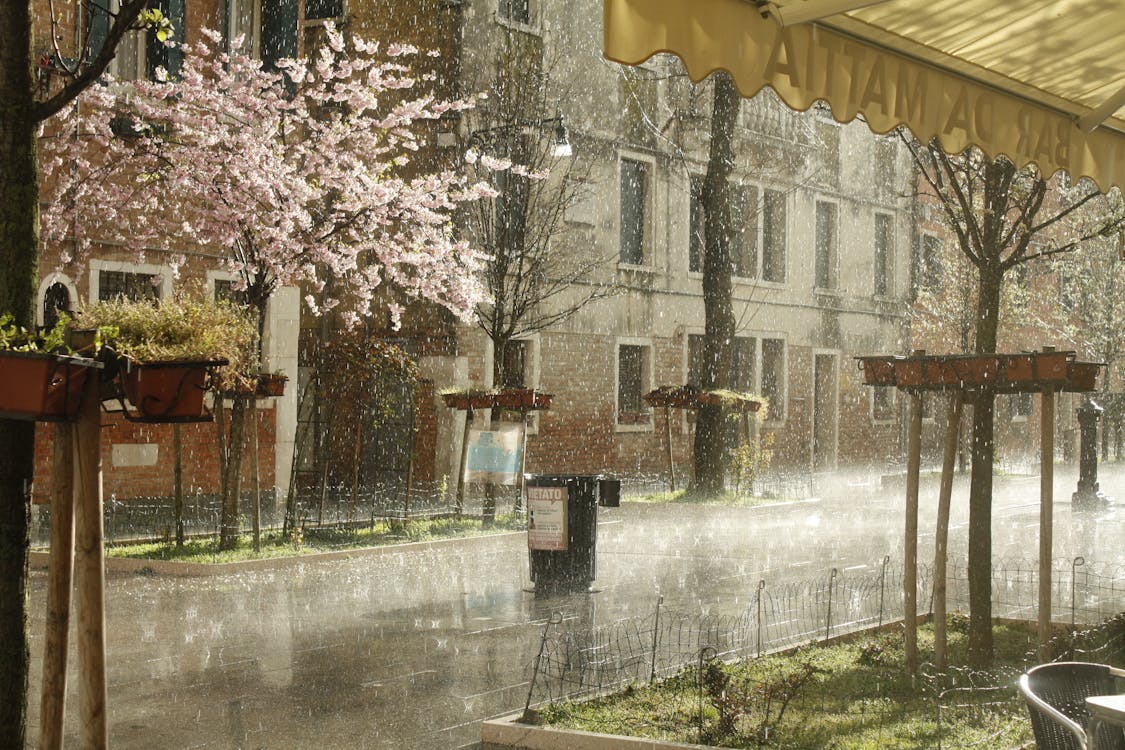
3. Chimney Repointing
It’s a common process to repair mortar joints and maintain masonry construction. Due to constant exposure to sun, debris and water, mortar joints are deteriorated, causing cracks and holes between masonry bricks. The masons scoop out the damaged mortar during chimney repointing and replace it with a new mixture. This mixture enhances the strength of mortar joints and keeps your chimney in excellent condition.
Chimney repointing is a quick, easy and cost-effective process of giving your chimney an improved look without replacing the bricks. When the damage isn’t severe, you can also opt for tuckpointing. Its process is the same as repointing, and it also uses the same color as your existing masonry design, so it looks as good as new. Tuckpointing is suggested when there are minimal cracks and chipping between the bricks. It’s less invasive and costly than repointing.
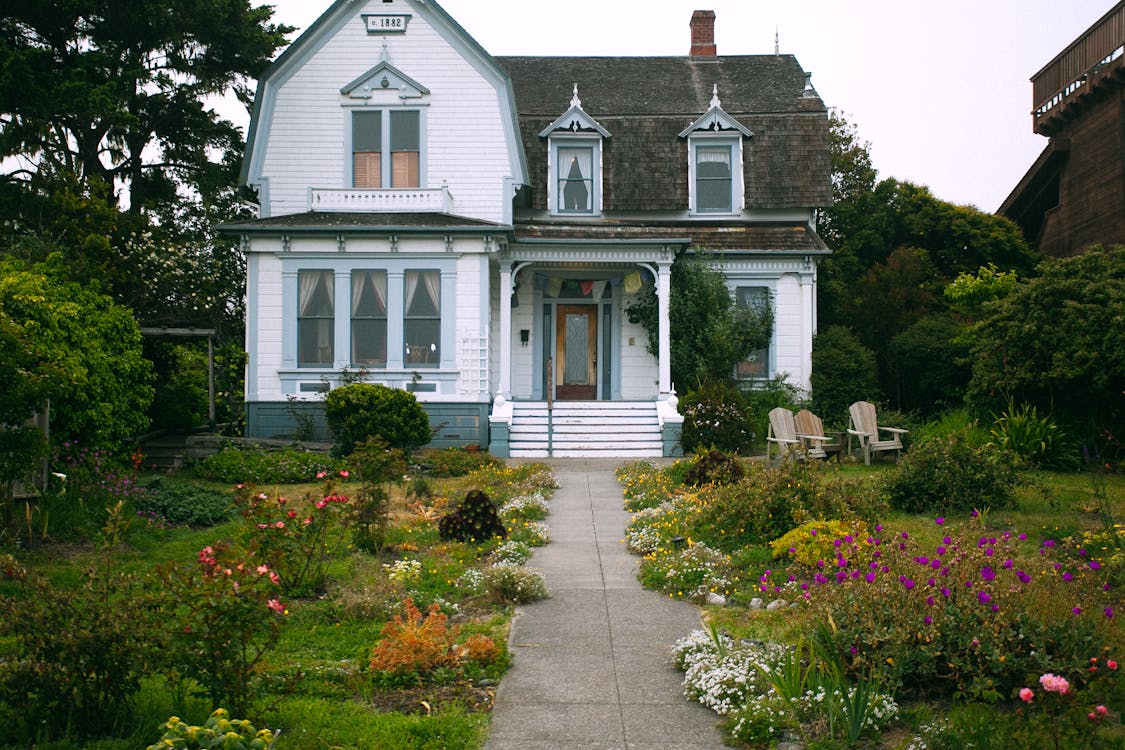
4. Chimney Liner Installation
Flue liners are steel or aluminum tubes inserted inside the chimney flue to contain the high heat and dangerous byproducts of the fireplace and direct flue gas out from home. They offer a protective layer to your chimney’s internal surface because the bricks can overheat and get damaged by the direct exposure to flue gases and wood fire.
These flue liners are exposed to smoke, gases, and other elements throughout the winter, creating cracks and flammable creosote film. It’s wise to replace your existing chimney liner with a new one to ensure safety and better performance. These liners are of different materials and sizes, so getting an accurate size is important for effective protection.

5. Chimney Damper Replacement
Chimney dampers sit on top of the chimney and shut the flue when you’re not using it. They also save energy and regulate the required amount of draft when burning a fire. Traditionally, throat dampers are installed above the firebox that is made of metal, but installing mount chimney dampers is more effective for energy saving because they contain a silicon rubber gasket seal instead of metal.
Conclusion
A chimney’s primary purpose is to keep your environment safe from harmful gases and smoke. Without a repaired chimney, your wood burner will spread the smoke inside the house, putting everyone in danger.

